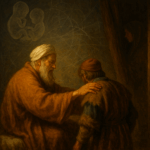
Isaac and Rebecca: Deception or Wigner’s Friend Paradox?
Synopsis The narrative of the “stolen blessings” in Parashat Toldot presents a profound moral paradox: How could Rebecca, a righteous prophetess, and Jacob, the archetype

Synopsis The narrative of the “stolen blessings” in Parashat Toldot presents a profound moral paradox: How could Rebecca, a righteous prophetess, and Jacob, the archetype
Structurally identical biblical accounts of creation, destruction, and restoration are viewed as a manifestation of dialectic triad thesis-antithesis-synthesis.
In the proposed allegorical interpretation, the soldier in the war is a metaphor for the Jewish people, who are all “soldiers” in G‑d’s army Tzivot
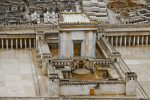
Introduction Today, on Tisha B’Av—the ninth day of Av, this year commemorated on the tenth day of Av because the ninth is Shabbat, when mourning

…[H]e who tries to cure the soul, wishing to improve the moral qualities, must have a knowledge of the soul in its totality and

In the biblical story of the creation of Adam, the Torah states: Then the Eternal G‑d formed man of the dust of the ground, and

Now the earth was unformed and void. Genesis 1:2 We have a big problem in cosmology: the problem of the initial conditions of the universe at
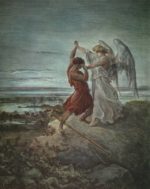
So the present passed over before him; and he himself lodged that night in the camp. And he rose up that night, and took his
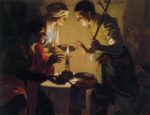
And these are the chronicles of Isaac… (Genesis 25:19) So Esau went unto Ishmael, and took unto the wives that he had Mahalath the daughter

A light shalt thou make to the ark…with lower, second, and third stories shalt thou make it. (Genesis 6:16) We mentioned in the previous posts
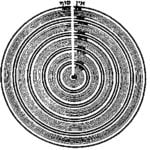
In the previous post “Physics of Tzimtzum I—The Quantum Leap”, we gave a general overview of the mystical doctrine of tzimtzum—the cornerstone of Lurianic Kabbalah.
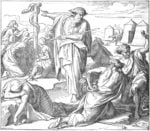
A Study in Form and Matter And Moses prayed for the people. And the Eternal said unto Moses: “Make thee a fiery serpent, and set it
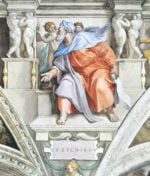
Meditations on the Maaseh Merkavah – I We do science by studying nature. We study physics in a lab, peering into space or working out

When thou shalt besiege a city a long time, in making war against it to take it, thou shalt not destroy the trees thereof by

And the messengers returned to Jacob, saying: “We came to thy brother Esau, and moreover he cometh to meet thee, and four hundred men with
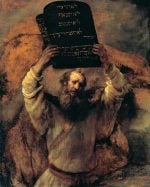
And Moses turned, and went down from the mount, with the two tablets of the testimony in his hand; tablets that were written on both
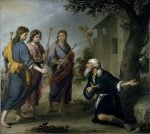
And he [Abraham] lifted up his eyes and looked, and, lo, three men stood over against him… (Genesis 18:2) On this blog, we often discuss
In the Torah portion Emor (Leviticus 21:1–24:23), we are instructed to abstain from work every seventh day on Shabbat. Next week’s Torah portion, Behar, continues
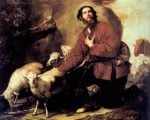
Synopsis This essay reads Jacob’s agreement with Laban over the streaked, speckled, and spotted sheep as far more than an odd detail in an ancient
In this Torah portion, Vayechi, Jacob, gathers his children to reveal to them “Ketz HaYamim”–“the End of Days.” Rashi explains that Jacob’s intention was to
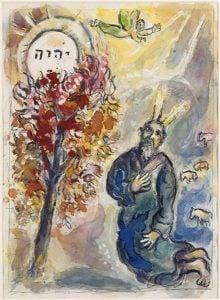
…And behold, the thorn bush was burning with fire, but the thorn bush was not being consumed.” (Ex. 3:2) Every theologian worth his salt along